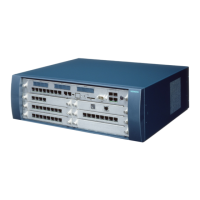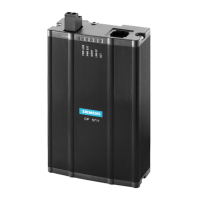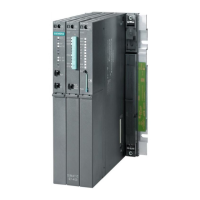Do you have a question about the Siemens hicom 150 e and is the answer not in the manual?
Explanation of the system's interactive prompts and user guidance for operation.
Explains the function of dialog keys and provides examples of common display texts.
Describes menu navigation, call processing menus, and idle state menu functions.
Instructions on how to access and utilize the program/service menu for advanced functions.
Details function access methods (interactive, menu, keys) and lists associated codes.
Adjusting volume, ringtone, speakerphone acoustics, and display angle for optimal use.
Assigning functions to programmable keys and interpreting LED operating states.
Procedures for locking/unlocking the phone and saving/managing the Personal Identification Number (PIN).
How to mute the microphone and set appointment reminders.
Basic steps for answering incoming calls and ending conversations.
Using the speakerphone for hands-free communication and switching modes.
Features for open listening, call waiting, tracing calls, DND, and door openers.
Dialing internal and external numbers, and using on-hook dialing.
Reserving trunks, tone dialing, caller ID suppression, and associated dialing.
Making speaker announcements and managing handsfree answerback settings.
Consulting with parties and transferring calls (screened/unscreened).
Parking, holding, retrieving, and toggling between calls.
Setting up, adding parties, leaving, and ending conference calls.
Using redial functions and the telephone directory for quick dialing.
Storing and using speed dial numbers and managing the ENB feature.
Managing automatic callbacks and call waiting features.
Sending messages and leaving advisory messages for callers.
Managing caller lists and using radio paging equipment.
Activating/deactivating call forwarding for internal/external calls and trunk forwarding.
Enabling/disabling night answer mode for call redirection.
Features for picking up calls in groups and setting up ringing groups.
Managing hunt groups, group calls, and UCD for call distribution.
Logging agent status (on/off, available/unavailable, work time).
Using direct station selection keys and the boss ringing feature.
Resetting services on a phone and using it as a room monitor.
Performing phone tests and controlling external relays.
Viewing call charges and monitoring for toll fraud.
Managing associated services, COS changes, and phone relocation.
DISA, call signals, date/time, direct dialing, music on hold, and hotlines.
Defines service levels restricting or allowing telephone access.
Explanation of the system's interactive prompts and user guidance for operation.
Explains the function of dialog keys and provides examples of common display texts.
Describes menu navigation, call processing menus, and idle state menu functions.
Instructions on how to access and utilize the program/service menu for advanced functions.
Details function access methods (interactive, menu, keys) and lists associated codes.
Adjusting volume, ringtone, speakerphone acoustics, and display angle for optimal use.
Assigning functions to programmable keys and interpreting LED operating states.
Procedures for locking/unlocking the phone and saving/managing the Personal Identification Number (PIN).
How to mute the microphone and set appointment reminders.
Basic steps for answering incoming calls and ending conversations.
Using the speakerphone for hands-free communication and switching modes.
Features for open listening, call waiting, tracing calls, DND, and door openers.
Dialing internal and external numbers, and using on-hook dialing.
Reserving trunks, tone dialing, caller ID suppression, and associated dialing.
Making speaker announcements and managing handsfree answerback settings.
Consulting with parties and transferring calls (screened/unscreened).
Parking, holding, retrieving, and toggling between calls.
Setting up, adding parties, leaving, and ending conference calls.
Using redial functions and the telephone directory for quick dialing.
Storing and using speed dial numbers and managing the ENB feature.
Managing automatic callbacks and call waiting features.
Sending messages and leaving advisory messages for callers.
Managing caller lists and using radio paging equipment.
Activating/deactivating call forwarding for internal/external calls and trunk forwarding.
Enabling/disabling night answer mode for call redirection.
Features for picking up calls in groups and setting up ringing groups.
Managing hunt groups, group calls, and UCD for call distribution.
Logging agent status (on/off, available/unavailable, work time).
Using direct station selection keys and the boss ringing feature.
Resetting services on a phone and using it as a room monitor.
Performing phone tests and controlling external relays.
Viewing call charges and monitoring for toll fraud.
Managing associated services, COS changes, and phone relocation.
DISA, call signals, date/time, direct dialing, music on hold, and hotlines.
Defines service levels restricting or allowing telephone access.
| Brand | Siemens |
|---|---|
| Model | hicom 150 e |
| Category | Conference System |
| Language | English |











